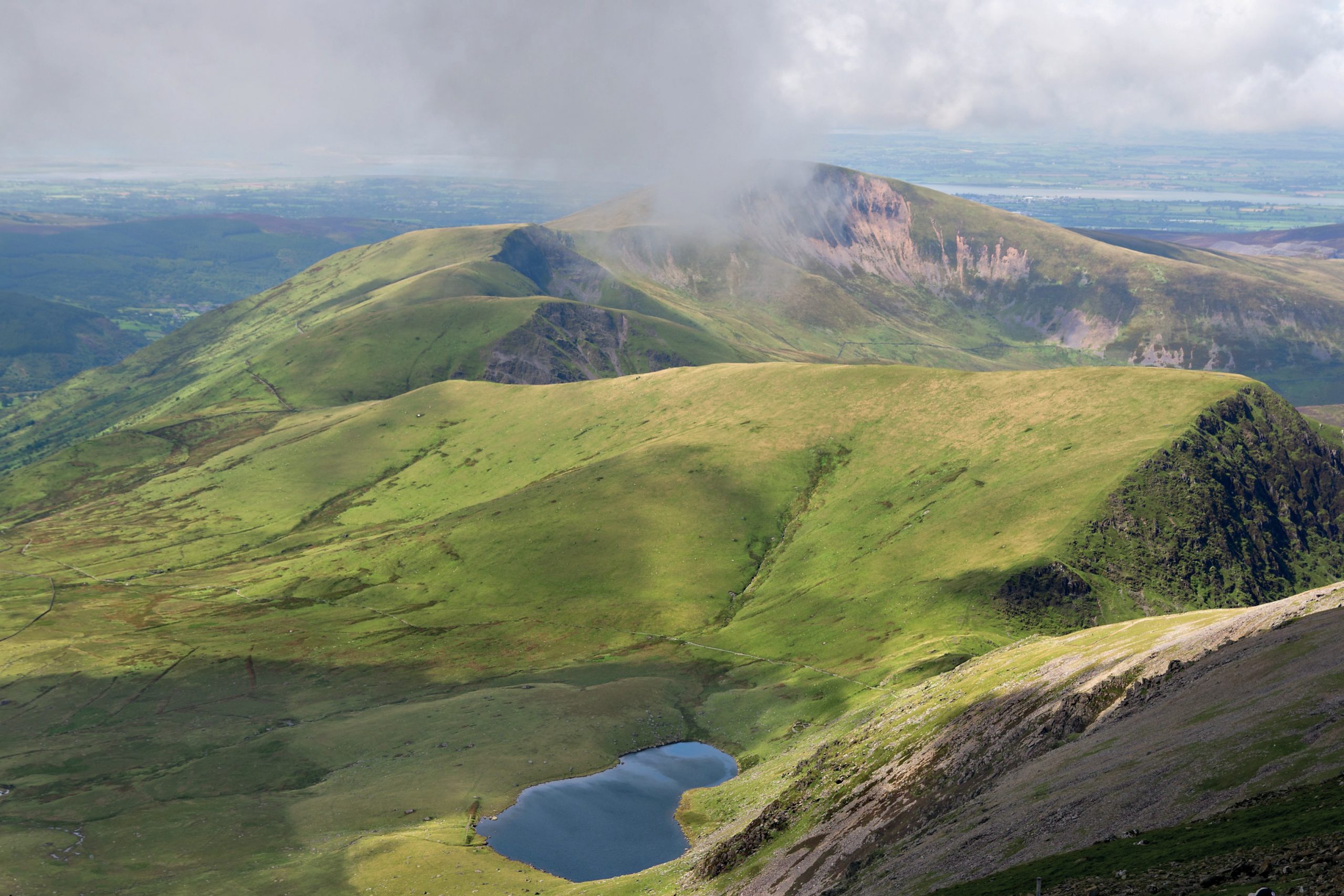
When we study erosion the focus is usually on the movement of material through the landscape. However, understanding places where eroded sediment is deposited and the time scales at which that sediment storage occurs is just as important. Sediment storage is an important part of the story of the movement of sediments through landscape systems. Sediment may move quickly from the site of erosion to be deposited in the oceans. But much more frequently it is delayed, or stored, at many points during its journey. Understanding this process may have practical implications, helping us to stabilise slopes and protect homes from flooding by runoff that is carrying sediment.
Over two thirds of the landscape of Britain has been affected by glaciation. Erosional and depositional landforms are part of the landscape. Glacial landforms of deposition are made up of material mobilised by the ice and then deposited. We can think of this material as being ‘in storage’. For an unknown period of time, these landforms are stable components of the landscape until they are moved on and transformed by erosion processes, which might be glacial or non-glacial. When deposits are eroded again in this way we refer to them as reworked.
Your organisation does not have access to this article.
Sign up today to give your students the edge they need to achieve their best grades with subject expertise
Subscribe




